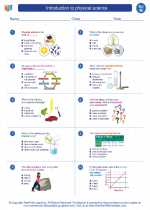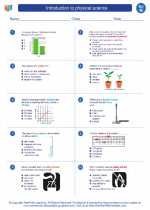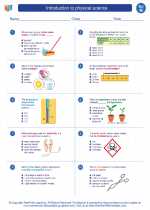Fluid Friction
Fluid friction, also known as viscous drag, is the resistance that a fluid exerts on an object as it moves through the fluid. This resistance is caused by the internal friction of the fluid as it flows past the surface of the object. The magnitude of fluid friction depends on the viscosity of the fluid and the speed of the object moving through the fluid.
Factors Affecting Fluid Friction
1. Viscosity: Viscosity is a measure of a fluid's resistance to deformation. The higher the viscosity of a fluid, the greater the fluid friction experienced by an object moving through it.
2. Surface Area: The surface area of the object in contact with the fluid also affects fluid friction. A larger surface area increases the frictional force experienced by the object.
3. Speed: The speed of the object through the fluid plays a significant role in determining the magnitude of fluid friction. Higher speeds result in greater fluid friction.
Applications of Fluid Friction
Fluid friction has various practical applications in everyday life and engineering. It is essential in understanding the behavior of fluids in pipes, channels, and other flow systems. Additionally, it is crucial in designing vehicles, such as cars, airplanes, and boats, to minimize the effects of fluid friction and improve their efficiency.
Study Guide
- Define fluid friction and explain its causes.
- Discuss the factors that affect fluid friction.
- Compare the effects of viscosity on fluid friction for different types of fluids.
- Explain the significance of fluid friction in engineering applications.
- Calculate the fluid friction experienced by an object moving through a fluid given the relevant parameters.
Understanding fluid friction is essential for grasping the behavior of fluids and their interaction with solid objects. It also plays a crucial role in various engineering applications, making it an important concept to study and comprehend.
.




